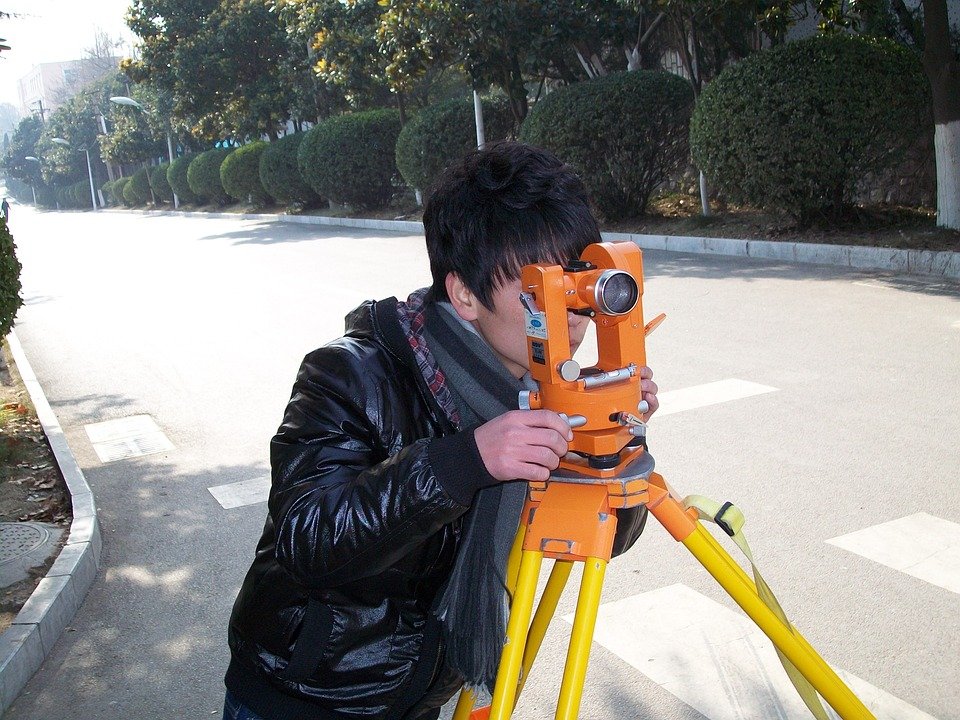[ad_1]
The Economics of Land Development
Land development economics is the study of the economic forces that shape the development of land. It involves understanding the ways in which land is used, valued, and exchanged in order to maximize its value and potential. This field of study includes research in real estate economics, urban economics, and regional economics. Land development economics is a critical tool for land use planners, developers, and policy makers, and has implications for public welfare, economic growth, and environmental sustainability.
Land Supply and Demand
The supply and demand of land is a major component of land development economics. Land supply is determined by the availability of land, its potential uses, and the cost of acquiring the land. Factors such as zoning regulations, infrastructure, and natural resources also influence the supply of land. The demand for land is driven by population growth, economic development, and other market forces. Understanding the interaction between supply and demand is critical to inform decisions about land development.
Land Use and Zoning Regulations
Land use and zoning regulations play an important role in land development economics. Zoning regulations determine the types of uses that are allowed on a particular parcel of land, as well as the intensity of development. These regulations can limit the potential uses of the land, which can impact its economic value. Land use regulations also influence the cost of development, as they dictate the kinds of infrastructure that must be provided.
Economic Impact Analysis
Economic impact analysis is an important tool for understanding the economic implications of land development. This type of analysis can be used to evaluate the potential economic benefits of a particular development project, such as job creation, increased tax revenue, and improved quality of life. It can also be used to assess the potential costs of a project, such as environmental degradation, increased traffic, and increased costs for public services. Economic impact analysis can inform land development decisions by providing insight into the potential economic implications of different development projects.
Land Market Dynamics
Land market dynamics are a key component of land development economics. The market for land is affected by factors such as the availability of land, zoning regulations, infrastructure, and economic conditions. These factors all interact to determine the value of land and the types of development that take place. Understanding the dynamics of the land market is essential for making informed decisions about land development.
Conclusion
Land development economics is a critical tool for understanding the economic forces that shape the development of land. This field of study includes research in real estate economics, urban economics, and regional economics. It involves understanding the supply and demand of land, as well as the impact of land use and zoning regulations on the economics of development. It also involves understanding the dynamics of the land market and the economic implications of different development projects. Land development economics is essential for making informed decisions about land use and development.
[ad_2]









